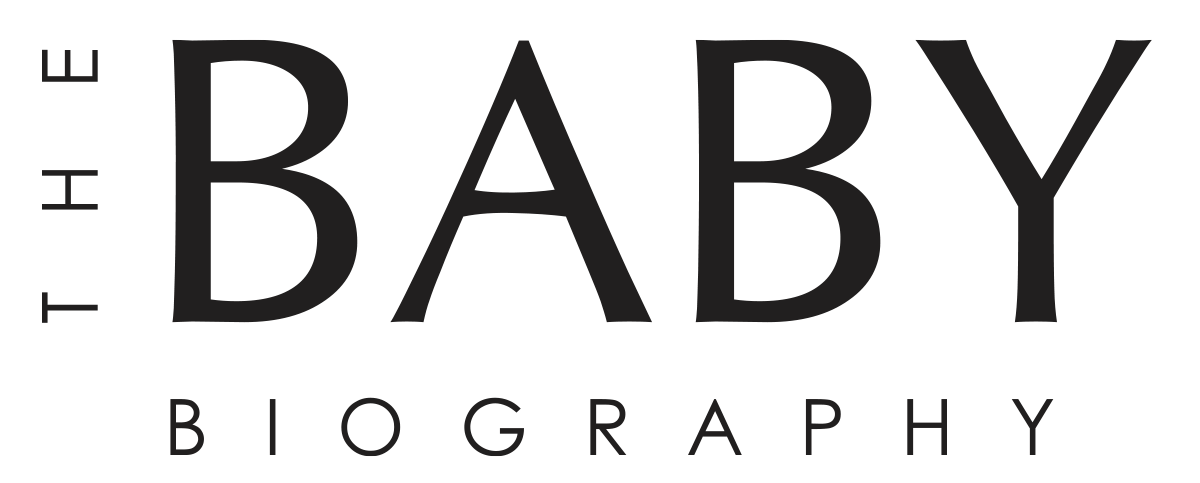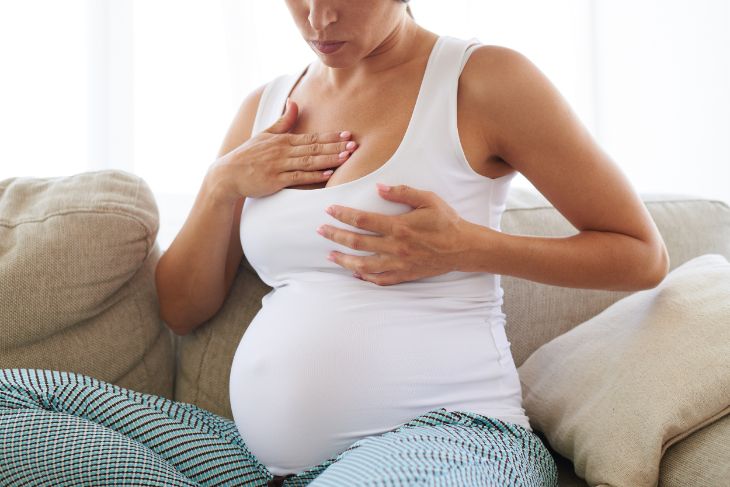Your Guide to Breast and Nipple Changes during pregnancy
Pregnancy is a remarkable journey, a transformative phase in a woman’s life characterized by profound physical and hormonal changes and your breasts are no exception! If you’re expecting a baby or planning to become pregnant, it’s essential to understand what happens to your breasts and nipples during this period of time. Breast and nipple changes are common during pregnancy due to hormonal fluctuations and the preparation of the body for breastfeeding. These changes typically occur in the first trimester and continue throughout pregnancy.
In this article, we’ll take a closer look at the fascinating transformations your breasts go through during pregnancy and how to handle any discomfort that might come along with them. So, let’s dive in and explore these incredible changes together!
Breast and Nipple changes:
Breast Size and Tenderness:
Hormonal changes, especially increased levels of estrogen and progesterone, lead to an increase in blood flow and the growth of glandular tissue in the breasts. As a result, your girls will become larger and may feel fuller and heavier.
The increased breast size can make the breasts more sensitive and tender. This tenderness is often one of the earliest signs of pregnancy and can vary in intensity among individuals.
Darkening of the Areolas:
The areolas (The pigmented area around the nipple) typically darken in color, sometimes becoming more pronounced and prominent. This darkening is caused by an increase in the production of melanin, the pigment responsible for skin and hair color.
Darker areolas are thought to be nature’s way of making it easier for newborns to locate the nipple for breastfeeding, as the contrast in color between the areola and the surrounding skin helps guide the baby’s mouth to the nipple.
Montgomery’s Tubercles:
Montgomery’s Tubercles are the small, raised bumps on the areolas and they are actually specialized oil-secreting glands. They help keep the areolas and nipples lubricated and moist, which can be especially beneficial during breastfeeding when the baby’s mouth is in contact with the nipple.
Breast and Nipple Changes:
Nipples may become more prominent and protrude slightly more than before pregnancy. This change is typically due to the increased blood flow to the breast area.
With the hormonal changes and increased blood flow, many women find their nipples to be more sensitive during pregnancy.
Vein Enlargement:
The veins in the breasts may become more visible and pronounced during pregnancy because of the increased blood flow needed to support the growth and development of breast tissue and milk production.

Source: www.beingtheparent.com
Lumpiness and Fullness:
As the body prepares for breastfeeding, the glandular tissue in the breasts grows and becomes more active. This can lead to a feeling of fullness or lumpiness in the breasts, which is entirely normal during pregnancy.
Leakage of Colostrum:
Colostrum is a nutrient-rich fluid produced by the breasts in preparation for breastfeeding. Some women may experience colostrum leakage from their nipples during the second and third trimesters. This is a sign that the body is preparing for milk production and is normal.
Itchiness:
As the breasts expand and the skin stretches, itchiness can occur. It’s important to resist the urge to scratch, as this can cause skin irritation. Using a moisturizer designed for sensitive skin can help alleviate dryness and itchiness.
Find out 7 ways your breasts change during pregnancy through a video
What Can I do to ease the pain?
Breast pain and tenderness during pregnancy are common, but here are some strategies you can try to help ease the discomfort:
Supportive Bra: Invest in a well-fitting, supportive bra. A maternity or sports bra with wide straps and good support can help reduce breast movement and provide comfort. Consider getting professionally fitted to ensure you have the right size.
Cotton Bras: Go for bras made from breathable, natural materials like cotton. These fabrics are less likely to cause irritation and can help keep your girls cool and comfortable.
Avoid Underwires: Bras without underwire are generally more comfortable during pregnancy. Underwires can put pressure on sensitive breast tissue and exacerbate discomfort.

Source: www.practicalparenting.com.au
Sleep Bra: If breast tenderness is causing nighttime discomfort, consider wearing a sleep bra or a soft, non-restrictive sports bra to provide support and minimize movement while you sleep.
Warm Compresses: Applying a warm, moist compress to your breasts for about 15 minutes can help alleviate pain and relax breast tissue. You can do this before breastfeeding or as needed for comfort.
Cool Compresses: Cold compresses can also provide relief. You can use a cold pack or even a bag of frozen peas wrapped in a cloth for a few minutes to reduce swelling and ease soreness.
Gentle Massage: Some women find gentle breast massage helpful for relieving breast tenderness. Be cautious not to apply too much pressure, and use a gentle, circular motion.
Medications: You can talk to your doctor about over-the-counter pain relievers that are safe during pregnancy, such as acetaminophen. However, always consult with a healthcare professional before taking any medication during pregnancy.
Proper Posture: Maintain good posture to avoid putting extra pressure on your breasts. Stand and sit up straight, and use pillows for support while sleeping.
Limit Caffeine: Reducing your caffeine intake may help with breast tenderness, as caffeine can contribute to breast discomfort for some mums.
Hydration and Nutrition: Stay well-hydrated and maintain a balanced diet. Proper hydration can help reduce breast tenderness, and a healthy diet supports overall well-being.
Relaxation: Stress and tension can increase breast discomfort. Engaging in relaxation techniques like deep breathing, meditation, or prenatal yoga can help reduce stress and manage the pain.
Speak to a Healthcare Provider: If your breast pain is severe, persistent, or accompanied by other concerning symptoms, it is always best to consult your doctor. They can assess your condition and provide personalized advice or medication if needed.
As you nurture new life within, your changing breasts and nipples are a testament to the incredible journey of motherhood. Embrace these transformations with love and care, and you’ll be well on your way to a joyful and healthy pregnancy. Here’s to the beautiful adventure ahead!







